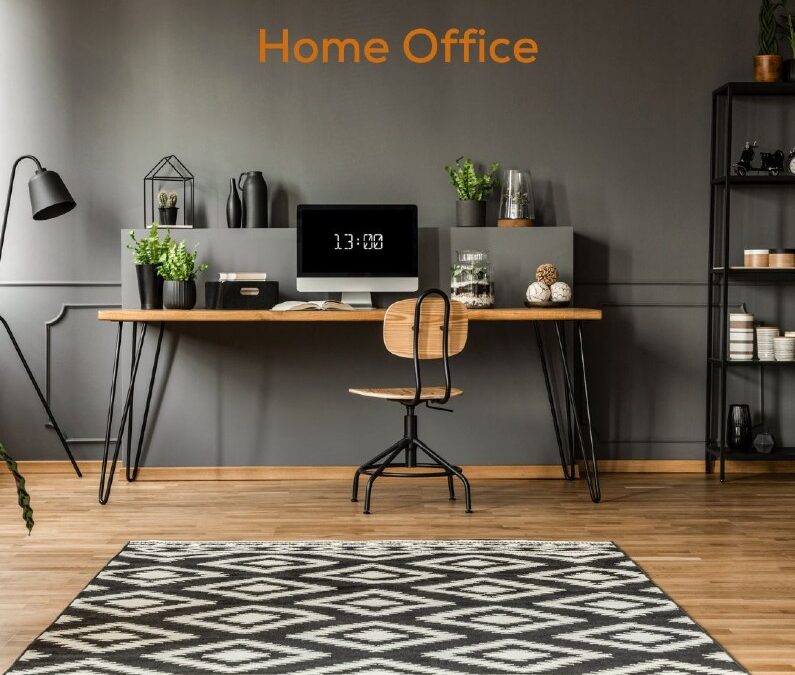Home office organization can feel overwhelming. Just take a look at these statistics*:
-
The use of office paper has tripled since the birth of the computer. (Organized World)
-
The average American receives 49,060 pieces of mail in their lifetime; 1/3 of it is junk mail. (National Association of Productivity and Organizing Professionals)
-
A full four-drawer file cabinet holds 18,000 pages (National Association of Productivity and Organizing Professionals); yet 80 percent of the papers we file, we never refer to again. (The Small Business Administration)
-
23 percent of adults pay bills late and incur late fees because they can’t find their bills. (Harris Interactive)
-
Using the correct organizational tools can improve time management by 38 percent. (Mobile Technology Product)
Wow! What happened to that whole “we’re going to be a paperless society” idea?
Whether someone pays you for the work you do in your home office or you simply run the business of your home, your life and your family there, paper can quickly take over and make you feel like your drowning.
In addition to all the paper we’re receiving and keeping, we are also getting bombarded with information in the digital world.
It’s just too much, right? A little home office organization goes a long way toward peace of mind and efficiency in work.
National Organize Your Home Office Day is celebrated the second Tuesday in March!
Here are three easy steps for tackling the document overload in your world:
- Create a system of information flow. Whether it hits you digitally or in paper form, create a plan for A) where incoming information sits until you can review it, B) where it lives while in progress of your dealing with it, and C) what happens to the information once you’ve taken the appropriate action needed.
- Establish a prioritization plan. Both at home and at work we all have tasks that are immediate to-dos and others that are someday to-dos. For each task, prioritize the action you must take. Establish a reminder system for the lower priority tasks to be certain “someday” actually occurs.
- Schedule time regularly to clean out your files. I know you will hate this one, but it is important. You have to set aside time regularly to clean out your files and touch up your systems. It’s true this is not a task that directly generates income for you or your employer; however, according to the Small Business Administration, “Time spent mishandling paperwork detracts from a company’s ability to service customers, increase sales, and improve the bottom line.”
Home office organization saves you money and stress
You are throwing money away when you pay late fees on bills or don’t get that insurance reimbursement claim filed. Work and life get busy with things that feel much more urgent than home office organization, but regular maintenance on your office systems is vital to living a peaceful life.
Ultimately, your home office organization systems must address the specific needs of your work and personal life, as well as fit your personality. The system that is right for your boss or your best friend may be a complete failure for you. I would love to help you figure out the information flow plan and the organizational tools to make you productive, efficient and successful in all the work you do in your home office. Schedule your FREE “Hope Starts Here” Discovery Phone Call today!
*Many of these statistics were found on the website of fellow professional organizer Donna Dubinsky, http://simplyorderly.com/
